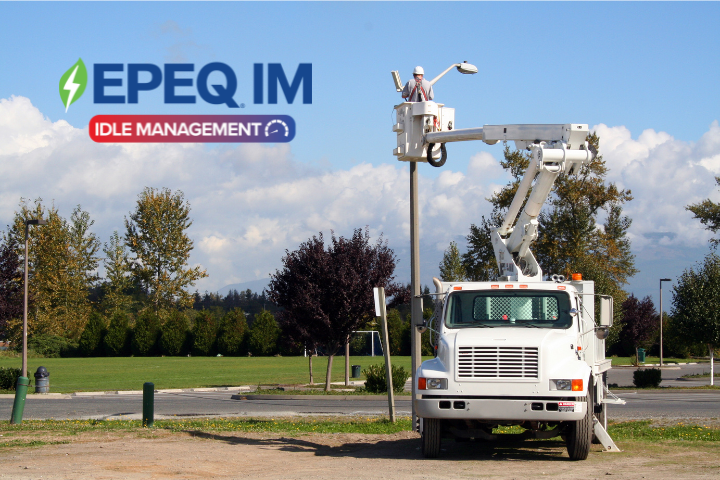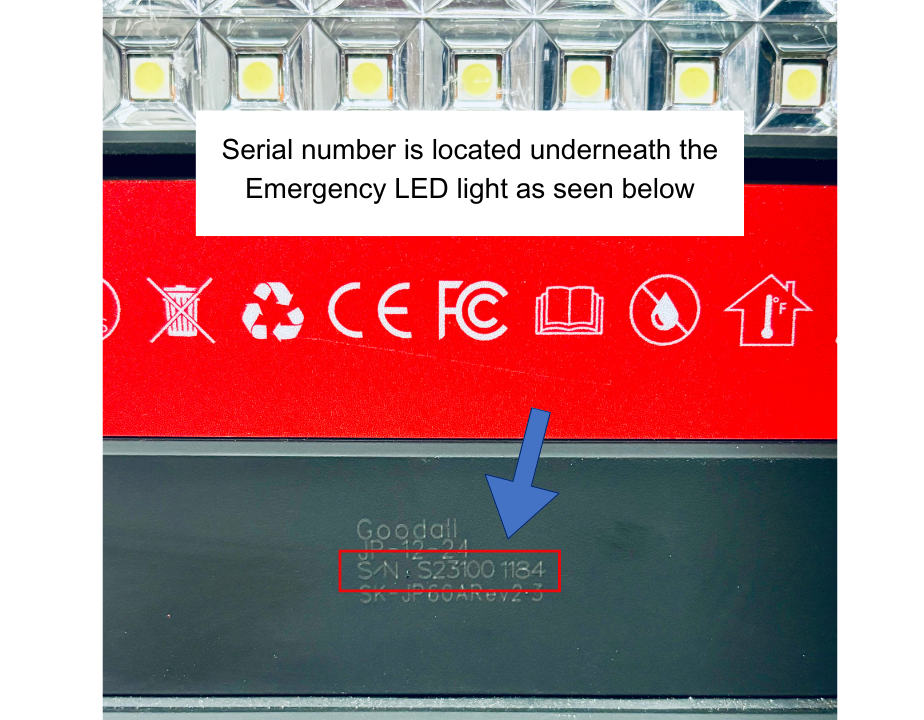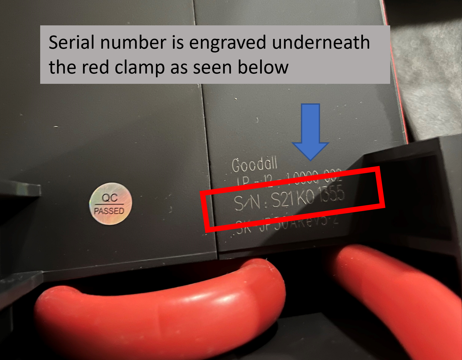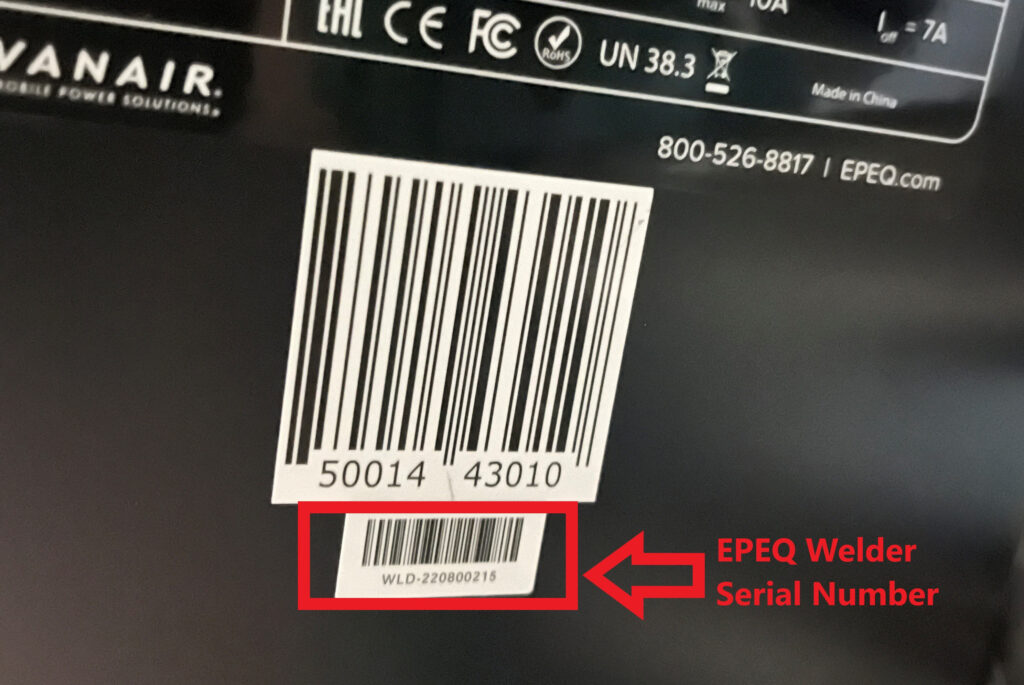An anti-idling policy is a great idea, but there are different ways to go about it. Not all programs will achieve desired results. It’s important to take a close look at what might be going wrong in your current policy and opportunities to improve. See some of the reasons why your fleet’s anti-idling policy isn’t working.
Turning Off a Vehicle Disables Key Features
While it is good to encourage your drivers to turn off their vehicles when they are at a stop, it might interfere with some operator compliance regulations. For example, when a vehicle is turned off, so are its safety features. This includes items such as airbags and communication devices. If an emergency occurs, drivers will be slower to respond, which can make a huge difference, particularly in terms of policing.
Consider the work-specific functions that your drivers need to access consistently. Are they still able to use these features when their vehicle is turned off? If not, then they might continue to idle, which explains why you are not seeing improvements with your current anti-idling policy.
Room for Human Error
Whether your fleet is big or small, some drivers will simply forget to enforce anti-idling rules – or, as much as it is tough to admit – there is a lack of buy-in from all levels of your organization. If your policy relies on employees following through, then issues are almost guaranteed. It could be that employees do not have time on the job to enforce these policies, or they could be forgetting. They may even assume that their actions are not monitored, so there is no incentive to act.
Decreased Efficiency
Another reason your anti-idling program is not making progress could be that it is doing more harm than good to your team’s efficiency. For safety vehicles such as ambulances and police cars, idling is somewhat necessary to hear urgent orders and act quickly. It can even be a regulatory operator compliance issue if these responders turn off their vehicles.
The Big Picture
Sometimes, a policy might be lacking effective fleet management, such as optimizing routes and schedules. The odds are there is a better, cost-effective way to use your fleet vehicles, whether that means switching up routes to reduce mileage or changing schedules so that fewer trucks are on the road. It could even be something as simple as bypassing certain trips because they are not necessary. The changes vary depending on the enterprise, but it is worth evaluating.
A Better Solution
Fortunately, there are alternatives to enforce an effective anti-idling program. Advanced technologies allow – and can even automate – drivers to turn off their engines while keeping certain features turned on, such as communication and safety systems. Through devices in each car, truck, or unit, the anti-idling technology can sense when the vehicle is in “Monitoring Mode”. This retains key functions while keeping the engine off. The result is a reduction in emissions and costs, but not efficiency or safety.

If your policies are not as effective as you hoped they’d be, the first step is finding where you can improve. The good news is that there is a simple solution – EPEQ® Idle Management® (EPEQ® IM). Explore the clear choice for controlling idling, reducing CO2 emissions, and lowering costs.




